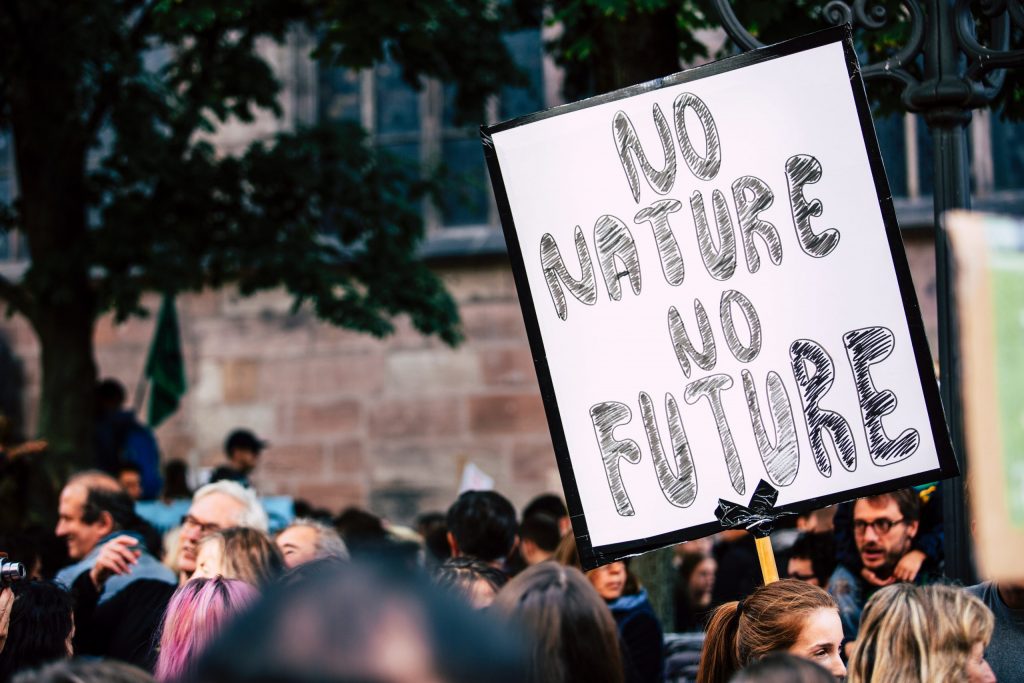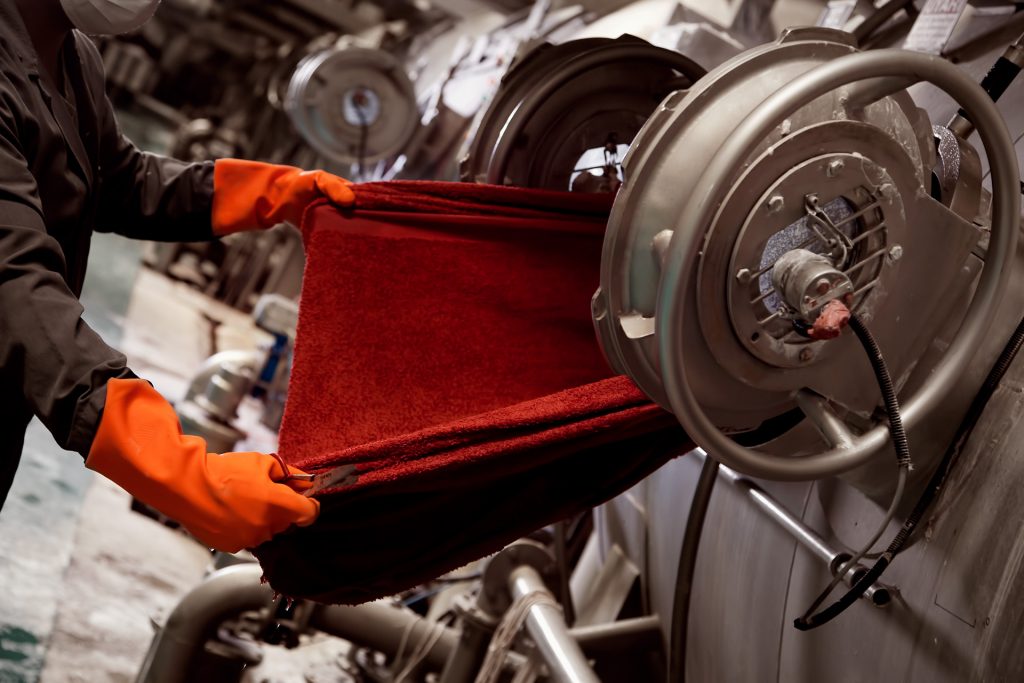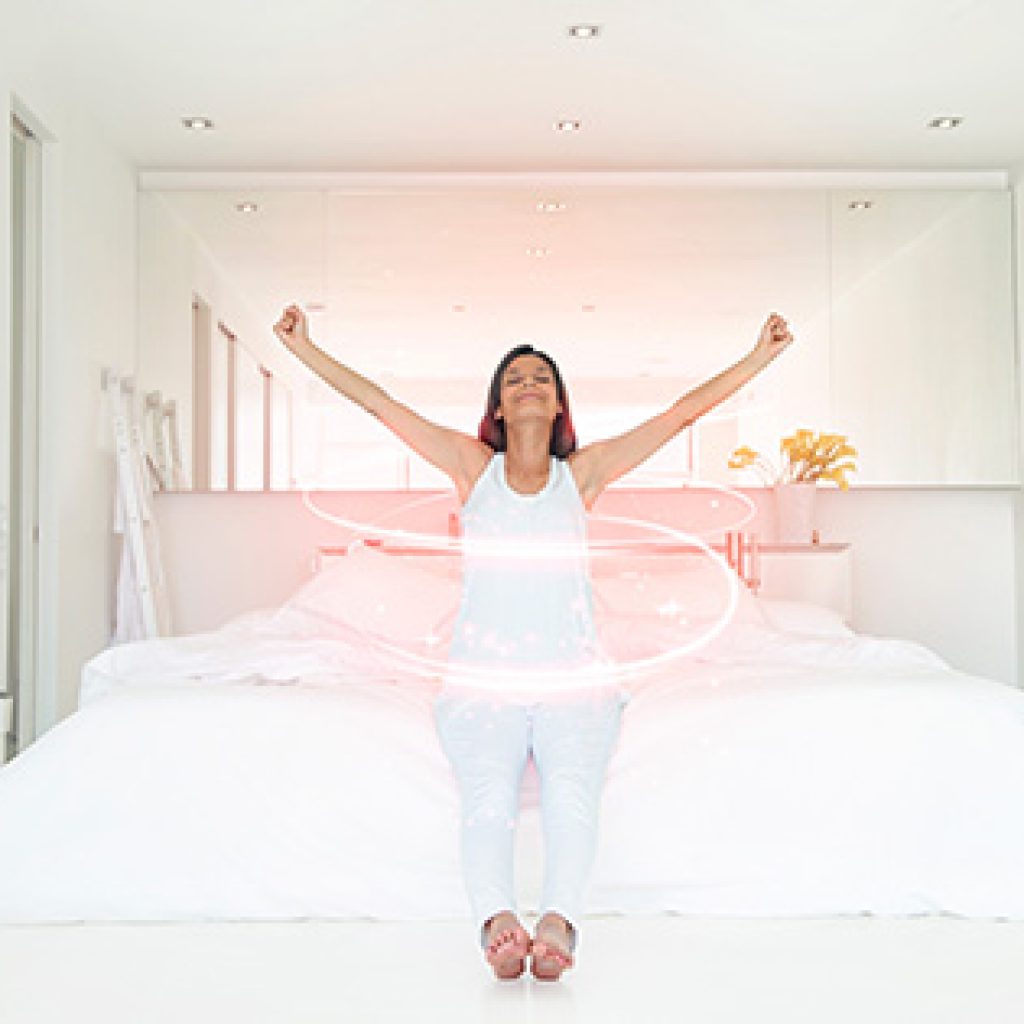“Colour quality depends on penetration, levelness and fastness” – Francisco, BU Manager Classical Textiles
What could be more rewarding than seeing your perfectly dyed fabrics coming out of the machine? Colours make the difference between a simple piece of textile and a product: they brighten it up and make it more outspoken. But as you probably know, evenly applying dyestuff across your textiles is tricky. Even the slightest colour difference will be spotted by your critical customer, and who knows what happens to your products after they’ve been sold. When you ask our BU Manager Classical Textiles, colour quality depends on three parameters:
1. Penetration
2. Levelness
3. Fastness
First, the dyestuff should get absorbed by the fabric to ensure optimal shade depth. Ideally, the fabric functions as a sponge, holding on to all colours it takes in. This should be done as uniformly as possible, and preferably during the first try. This way, you avoid time consuming and cost intensive corrections that also negatively affect the quality of the textile substrate. Third, you should make sure that the colours stay in place and make them resistant to water, light, sweat and multiple washes. Quite some criteria!
This is where we come in
Great dyeing results depend on preparation. We know which pre-treatment methods lead to optimal colour shades, and which chemicals you need to improve colour penetration, levelness and fastness. We combine this knowledge with our wide experience of different fabric types, and closely collaborate with our customers to get to brilliant colour shades that last.









